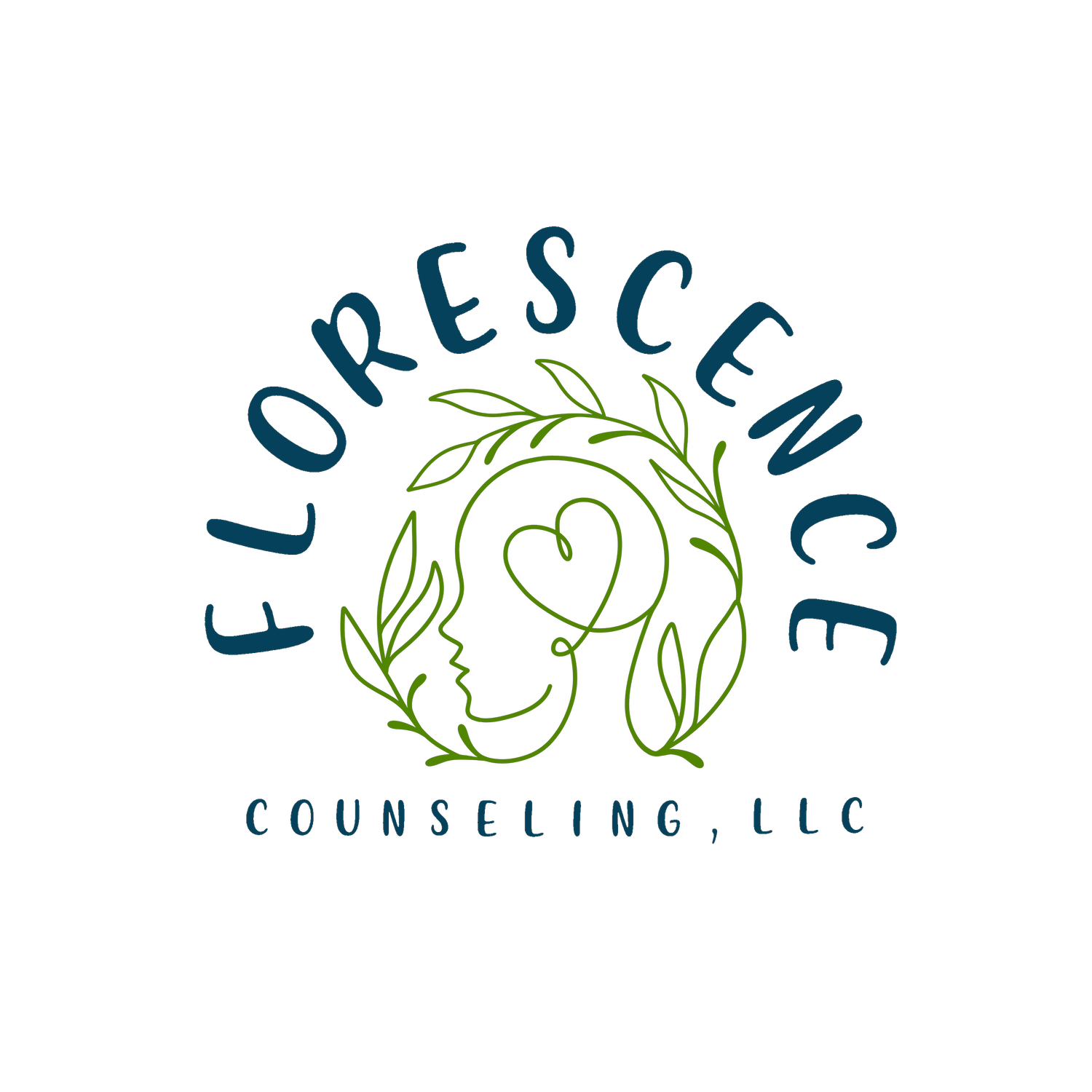How I Choose Which Therapy Approach to Use
One question I get a lot in my work with OCD, trauma, and addiction is:
“How do you decide which therapy to use?”
It’s a good question — and the honest answer is: it depends. Everyone’s path into therapy is different, and so is their path through it. My goal is always to meet each person where they are, using tools that are effective and feel like a good fit for their needs, pace, and goals.
The work I do is rooted in both cognitive and somatic therapies. I draw from four main modalities: Exposure and Response Prevention (ERP), Eye Movement Desensitization and Reprocessing (EMDR), Internal Family Systems (IFS), and Inference-Based Cognitive Behavioral Therapy (ICBT). What we use — and when — depends on what you’re coming in with and where we’re starting together.
Starting with OCD: Why ERP or ICBT?
If someone is struggling with obsessive-compulsive disorder, ERP is often where we begin. It’s one of the most well-researched approaches for OCD, helping people gradually face their fears and resist compulsive behaviors. We typically meet twice per week for 9–12 weeks to do this work in a structured, supportive way. That said, ERP isn’t the right fit for everyone.
If someone’s OCD is fueled more by intrusive thoughts or mental rumination than physical rituals, we might start with ICBT. It takes a different approach — instead of exposure, ICBT focuses on the reasoning behind obsessive thoughts and helps untangle the faulty logic that keeps the cycle going. It’s often a powerful option when ERP hasn’t brought full relief or doesn’t feel quite right.
Bringing in Trauma Work: EMDR and IFS
Sometimes clients come to me after completing an OCD protocol and are ready to turn toward trauma work. In that case, we may shift into Eye Movement Desensitization and Reprocessing (EMDR). EMDR is a phased approach to trauma therapy that begins with History Taking — gathering information about your experiences, symptoms, and resources. This is followed by Preparation, where we build skills for stability, safety, and regulation before any trauma processing begins. Once someone is ready, we may move into the deeper phases, including Desensitization and Installation. In Desensitization, we work to reduce the emotional intensity of traumatic memories and the painful self-beliefs they carry. Then, in Installation, we strengthen positive beliefs about the self — ones the client identifies and resonates with — helping to replace outdated or negative narratives with more empowering truths.
I often combine EMDR with Internal Family Systems (IFS). IFS helps us connect with different “parts” of ourselves — the protective parts, the wounded parts, the ones carrying fear or shame — and foster internal balance. IFS can be especially useful during the early phases of EMDR, supporting emotional readiness and trust before we engage in reprocessing. It’s also a meaningful approach on its own, particularly when someone is early in their trauma work or simply looking to understand themselves more deeply.
When Substance Use Is Part of the Picture
If someone is actively using substances in a way that makes therapy unsafe, I may recommend a higher level of care, and I’ll help with that process. But therapy doesn’t always have to wait for full abstinence.
The early phases of EMDR and the beginning work in IFS often can happen while someone is still using, as long as there’s enough stability and a shared sense of safety. In fact, these modalities can sometimes support people in reducing their use by building internal regulation and addressing the emotional pain driving the behavior. In some cases, this work may even help someone become ready to engage in a higher level of care.
It can take time to reach the point where detox, residential treatment, or inpatient rehab feels possible. Therapy can be a space to explore ambivalence, build trust, and prepare for those next steps in a compassionate, nonjudgmental way.
It’s Not One-Size-Fits-All — It’s Collaborative
No two people come into therapy with the same history, needs, or readiness. That’s why I don’t stick rigidly to one method. Sometimes we follow a focused protocol like ERP, then shift into trauma work. Other times, we might integrate more than one approach from the start — carefully, thoughtfully, and with respect to the integrity of each modality. Above all, therapy is a collaborative process. We decide together what feels right for you — based not just on the clinical picture, but on who you are and how you want to grow.
Interested in Exploring Therapy?
If you're curious about what therapy could look like for you — whether you're just starting out or hoping to go deeper — I’d be honored to connect. Feel free to reach out with questions or schedule a free 15-minute consultation to see if we’re a good fit. Healing looks different for everyone, and we’ll figure out what works for you, together.
